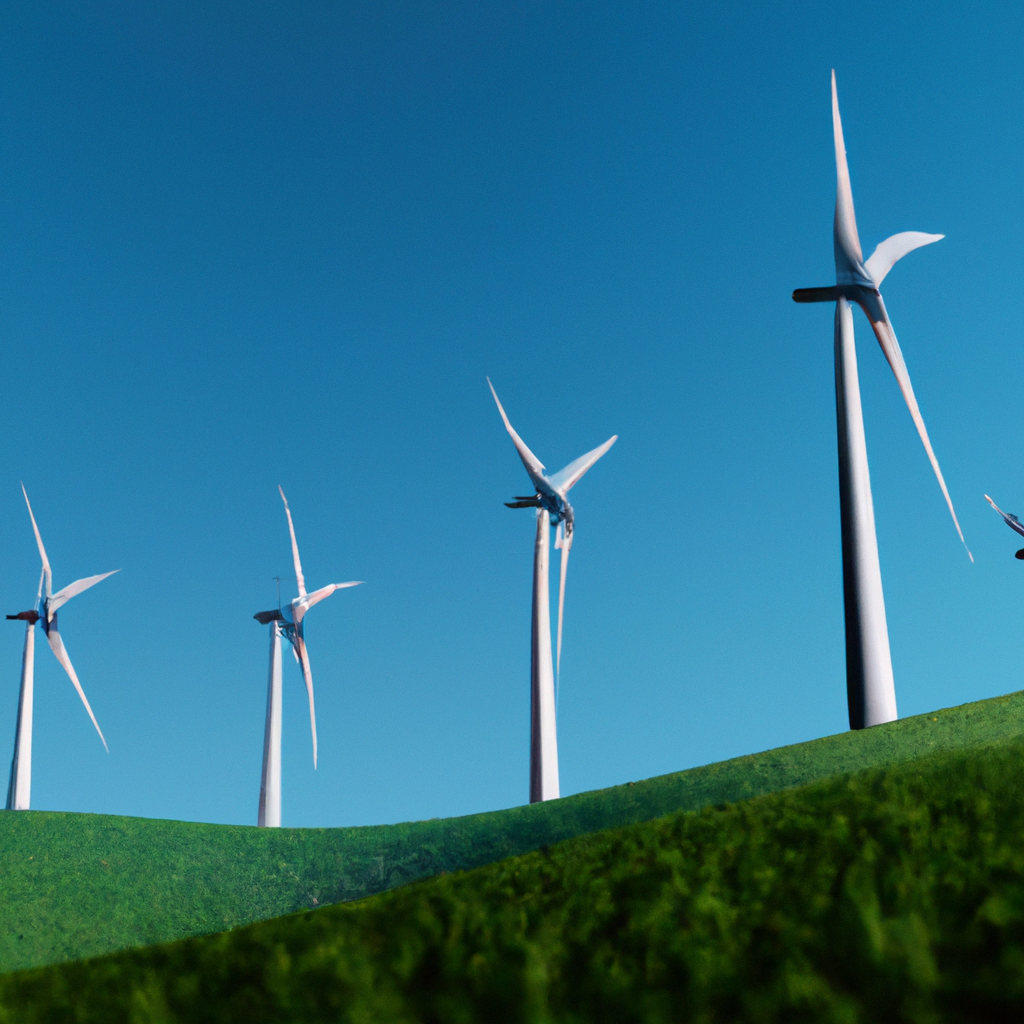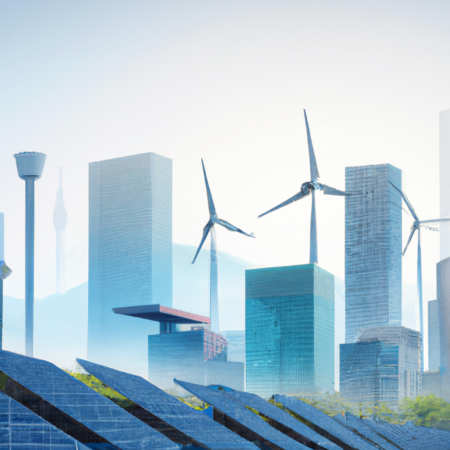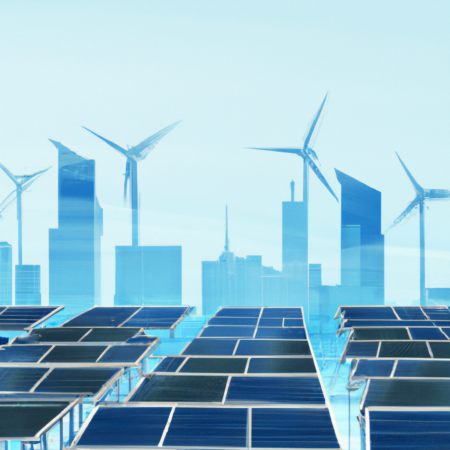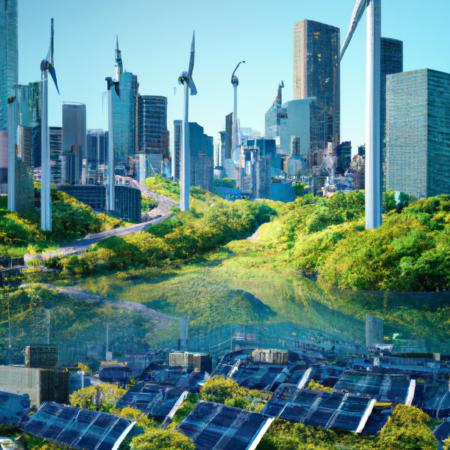Harnessing the Winds of Change: The Future of Wind Energy in 2025
As we move firmly into the year 2025, the landscape of renewable energy has seen transformative shifts, with wind energy playing a pivotal role. The last decade has witnessed unprecedented advancements in wind turbine technology, policy frameworks, and global commitment towards sustainable energy sources. This post explores the current state of wind energy, its future potential, and the technological and environmental impacts shaping its trajectory.
Wind energy, known for its minimal environmental footprint, has become more viable and cost-effective. Innovations in turbine technology have resulted in higher efficiencies and lower costs. Turbines are now taller, blades are longer, and the materials used are lighter yet stronger. These enhancements have opened new territories, including offshore and low-wind regions, significantly increasing global wind energy capacity.
Policy initiatives across the globe have also played a crucial role. Countries like the USA, China, and members of the European Union have introduced incentives and subsidies to encourage wind energy development. These policies have not only boosted the industry but have also fostered job creation and economic growth. Furthermore, international agreements on climate change have mandated reductions in carbon emissions, propelling the adoption of renewables like wind energy.
The environmental impact of expanding wind energy infrastructure is a topic of ongoing research and discussion. While wind energy is cleaner compared to fossil fuels, concerns about wildlife, especially birds and bats, and noise pollution continue to be addressed. Strategies such as better siting of wind farms, technological innovations in turbine design, and comprehensive environmental impact assessments have been implemented to mitigate these issues.
Looking ahead to the rest of the decade, the future of wind energy is bright. The integration of wind with other renewables, to create stable, reliable, and clean energy systems, is on the rise. Advancements in storage technologies, like batteries and hydrogen, are breaking down the barriers of intermittent energy supply, making wind a dependable power source day and night.
In conclusion, as we embrace 2025, wind energy stands not only as a testament to human ingenuity but also as a beacon of hope for a sustainable future. It is a dynamic, evolving field that promises to play a crucial role in our energy landscape. The journey of wind energy is far from over, and its potential is only set to soar higher.






